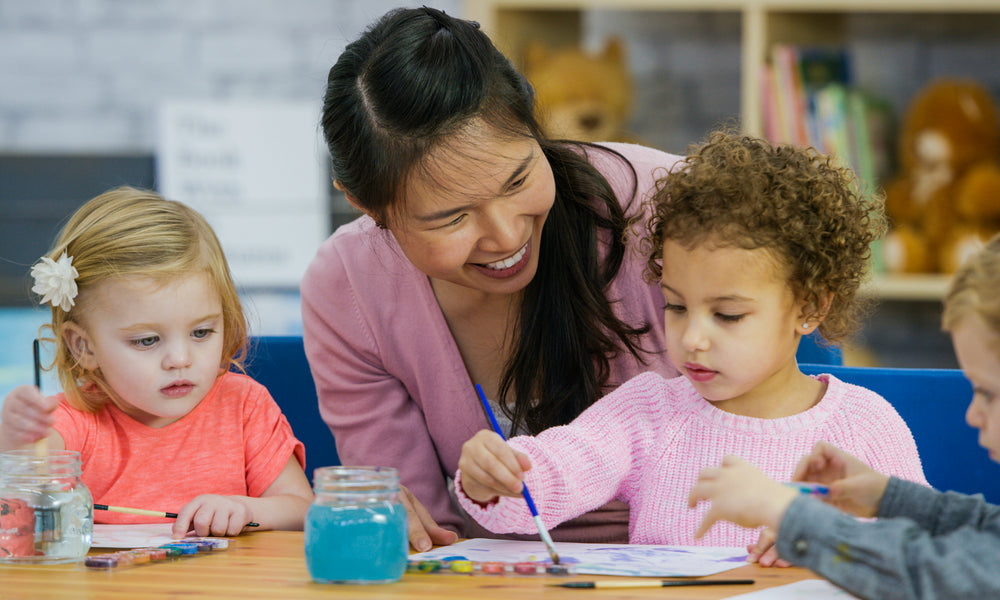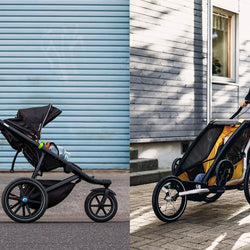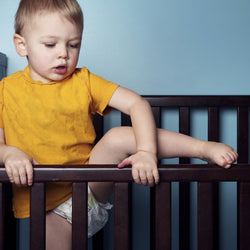How to Start Thinking about Daycare or Preschool
Daycare or Preschool Checklist

by Annie Wiesman
Mar 10, 2018
If you just had a baby, I’m guessing one of the very last things on your mind is finding a preschool for your newborn. Or perhaps, if you are planning on going back to work in three months, it may have crossed your mind that you should start looking into your day care options. But that thought may have been quickly pushed aside by the sweet, squishy baby in your arms.
Either way, let me start by reminding you to take a deep breath. This is just one in a long list of potentially panic-inducing decisions that you are going to have to make as a parent. Don’t let it worry you.
Conscientious parents that make careful and wise decisions will raise children who are able to adapt and grow into well-adjusted adults. We are not perfect and will not parent perfectly. Nor will we raise perfect children. Don’t think that each decision could potentially ruin your child. Make thoughtful and informed decisions based on research and common sense, not out of fear.
That being said, finding a daycare or preschool has many considerations. Let me walk you through the process of locating the ideal environment for your child.
Preschool/Daycare Checklist
Start sooner rather than later. You may need to get on waiting lists for your top choices. Some preschools in large cities, such as New York City, are quite competitive (and pricey) with year-long waiting lists. It doesn’t hurt to start the process now and find out of if you need to start applying right away or if you can wait for a year or so.
Ask friends and family for recommendations.
Do your research. Check for licensing and accreditation.
o For assistance in finding a daycare provider, contact your local Child Care Resource & Referral agency.
o For assistance in finding an accredited early learning program, visit the National Association for the Education of Young Children (NAEYC) website or attend a preschool fair.
Schedule a visit to interview and tour facilities.
Ask for and contact references.
Check caregiver/teacher experience, education, and qualifications.
Inquire about employee turnover.
Find out about discipline policies, sick child policies, and potty training policies.
What is the adult to child ratio? NAEYC recommends no more than 8 infants with 2 caregivers in a group, no more than 12 toddlers with 2 caregivers in a group, and no more than 20 four-year-olds with 2 teachers in a group.
Look for a safe and clean environment with developmentally appropriate toys and educational resources.
Observe caregivers and teachers with the children.
Look for a high-quality preschool program, which will:
o Develop the whole child – including physical, social-emotional, and character development.
o Focus on the arts and sciences in equal measure with reading, writing, and math.
o Foster creativity and a spirit of inquiry.
o Develop communication, problem solving, and critical thinking skills.
o Develop a sense of cooperation amongst students and teachers.
o Strive to develop warm, caring, and respectful relationships.
o Offer guided lessons while also providing ample time for individual play and exploration.
o Set high standards (that are developmentally appropriate).
o Meet the individual needs of each student and create student-specific goals.
o Promote understanding, open dialogue, and diversity of thought.
o Encourage parental involvement.
In the end, trust your instincts. If something doesn’t feel right, don’t ignore the feeling. Be watchful and be willing to make adjustments. Stay involved and advocate for your child.
Annie Wiesman
Annie Wiesman is the co-author of “Education Begins at Birth: A Parent’s Guide to Preparing Infants, Toddlers, and Preschoolers for Kindergarten.” She is a former kindergarten teacher turned stay-at-home mom who enjoys traveling, hiking in the mountains, and creating memories together with her husband and little girl.










